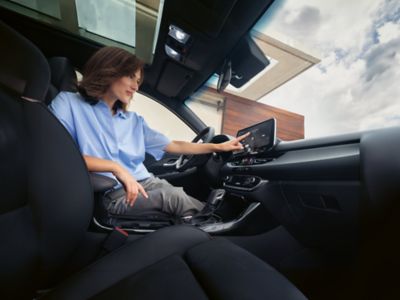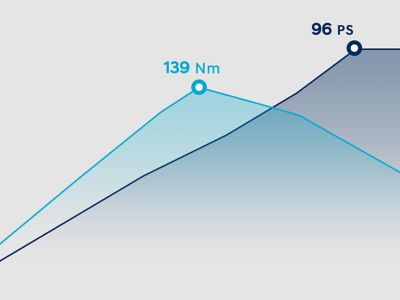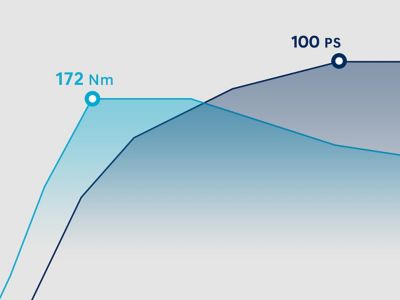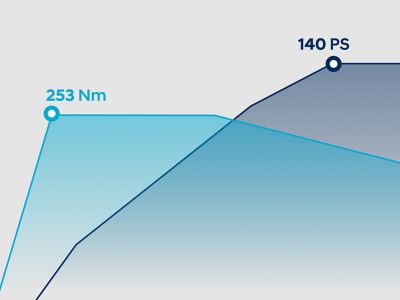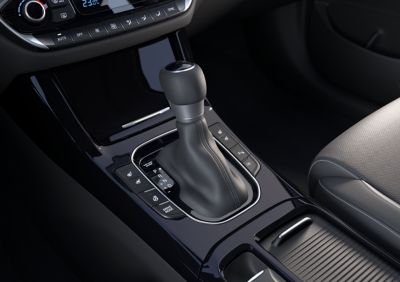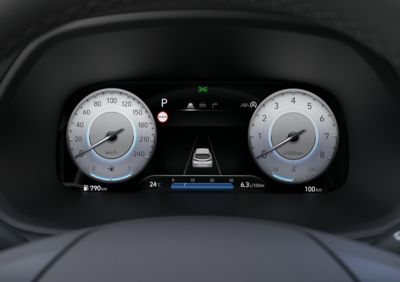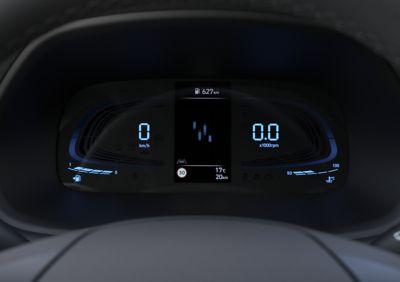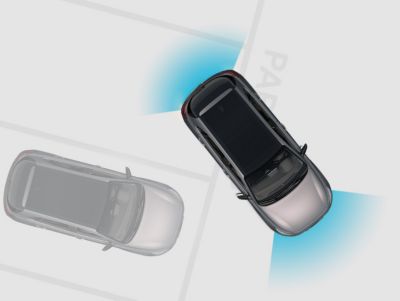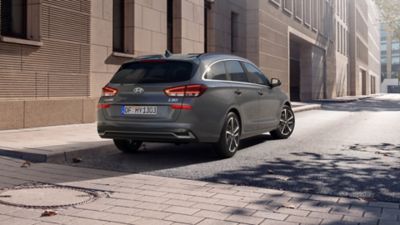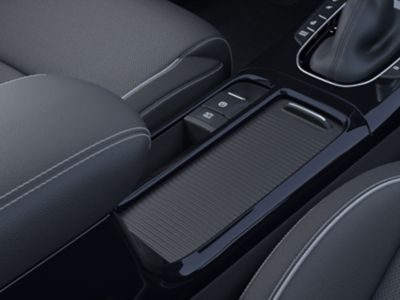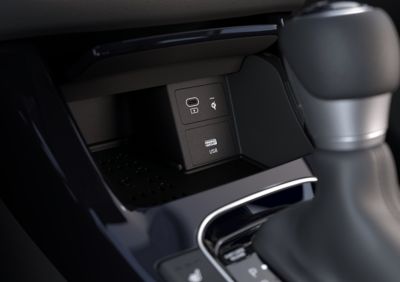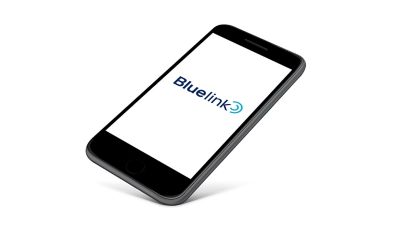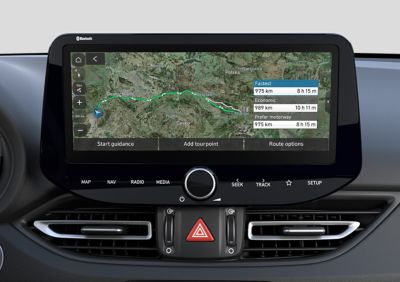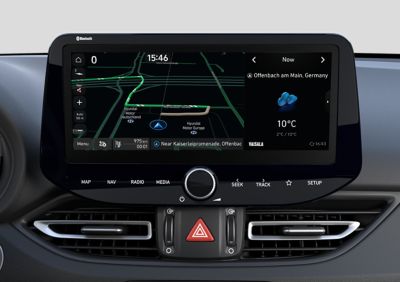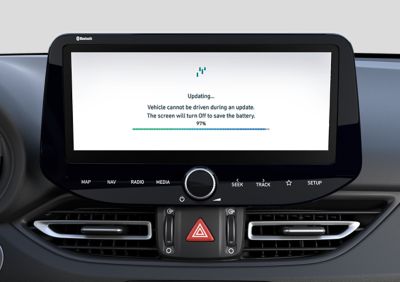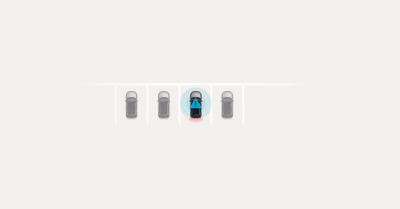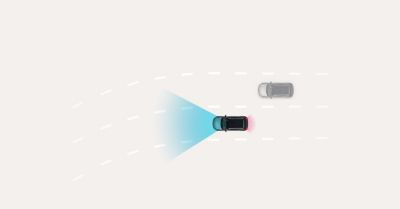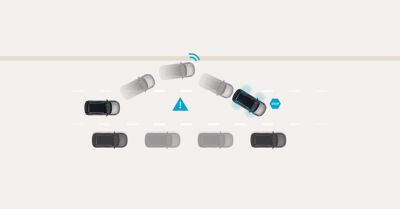Going places with ease and comfort.
The new i30 Wagon is equipped with plenty of smart tech to support your active lifestyle: from efficient powertrains with a 48-volt mild hybrid option to clever convenience features that make driving even more enjoyable.
Performance
Built to move you with pleasure and power.
The i30 Wagon offers variety when it comes to your powertrain options. The electrified 48-volt mild hybrid options reduce CO2 emissions by enhancing fuel efficiency. The 6-speed manual transmission gives you direct control. If you prefer automatic, 48-volt mild hybrid options are available with a 7-speed dual clutch transmission.
Transmission options for your driving style.
The i30 Wagon is available with a 6-speed manual or a 7-speed dual clutch transmission (7DCT).
Convenience
Clever helpers to make every drive a pleasure.
Going places can be easy and relaxing with the Hyundai i30's superior lineup of convenience features that keep your phone charged, make parking pleasurable and driving comfortable.
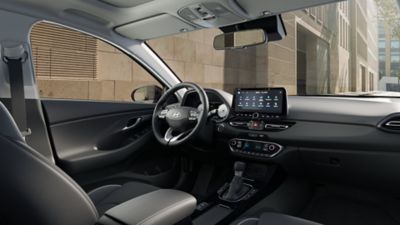

Connected Car
Connecting you with your phone and car.
The i30 Wagon keeps you easily connected on every journey – with loads of smart tech like a new touchscreen and five years of complimentary Bluelink Connected Car Services. Bluelink delivers seamless interaction with online voice recognition and a smartphone app to control your car. Hyundai LIVE Services give you access to real-time traffic, parking, weather and POI information.
Safety
Cutting-edge safety technology.
The enhanced Hyundai Smart Sense package – containing our cutting-edge Advanced Driver Assistance Systems – is now fully integrated into the i30 Wagon, providing safety for you and those you love.
